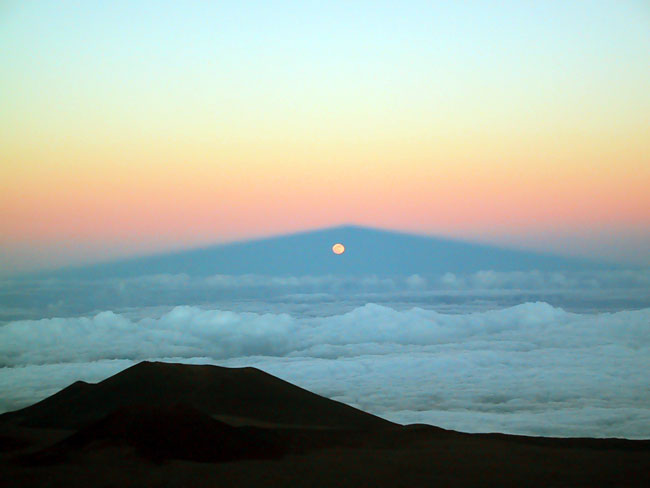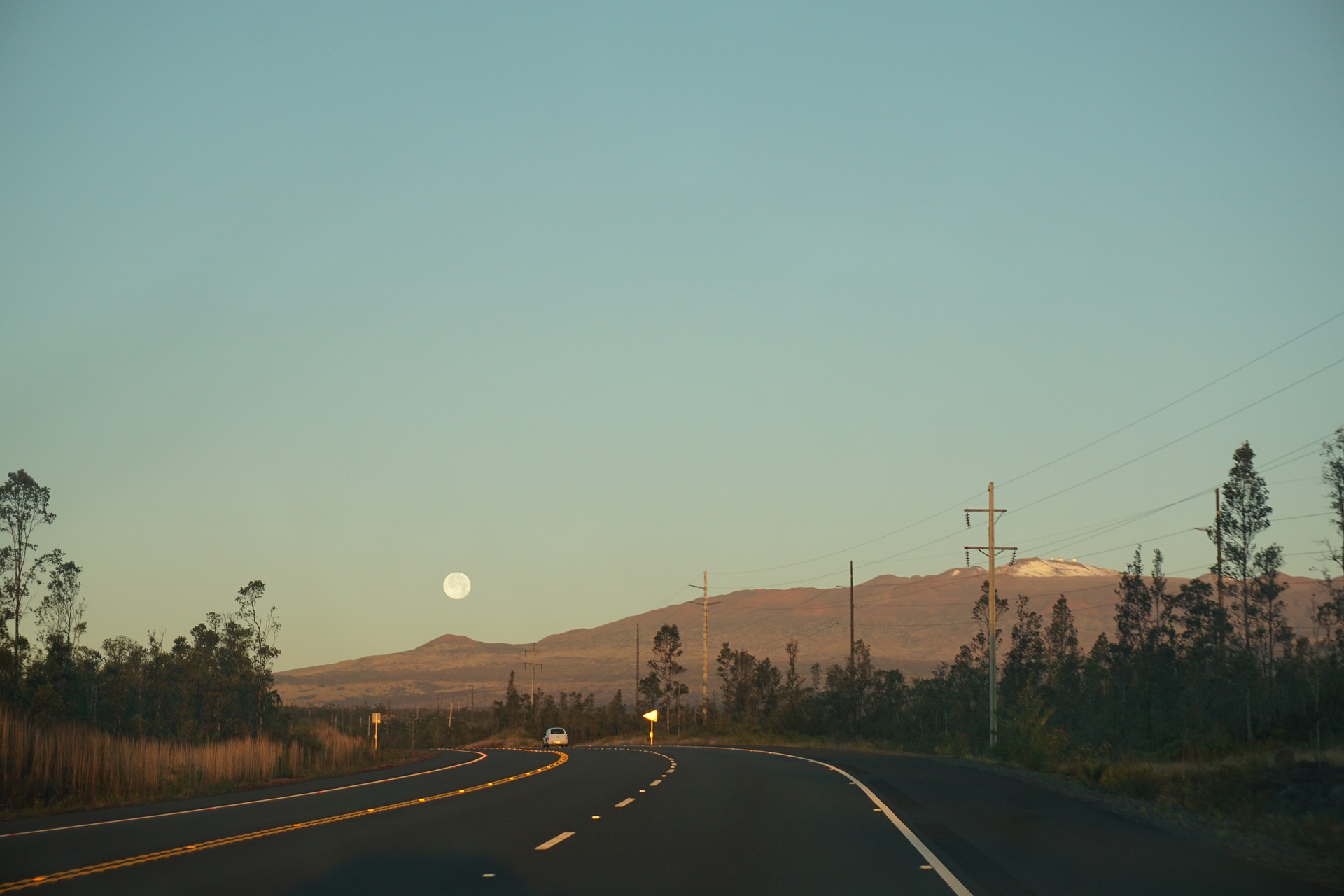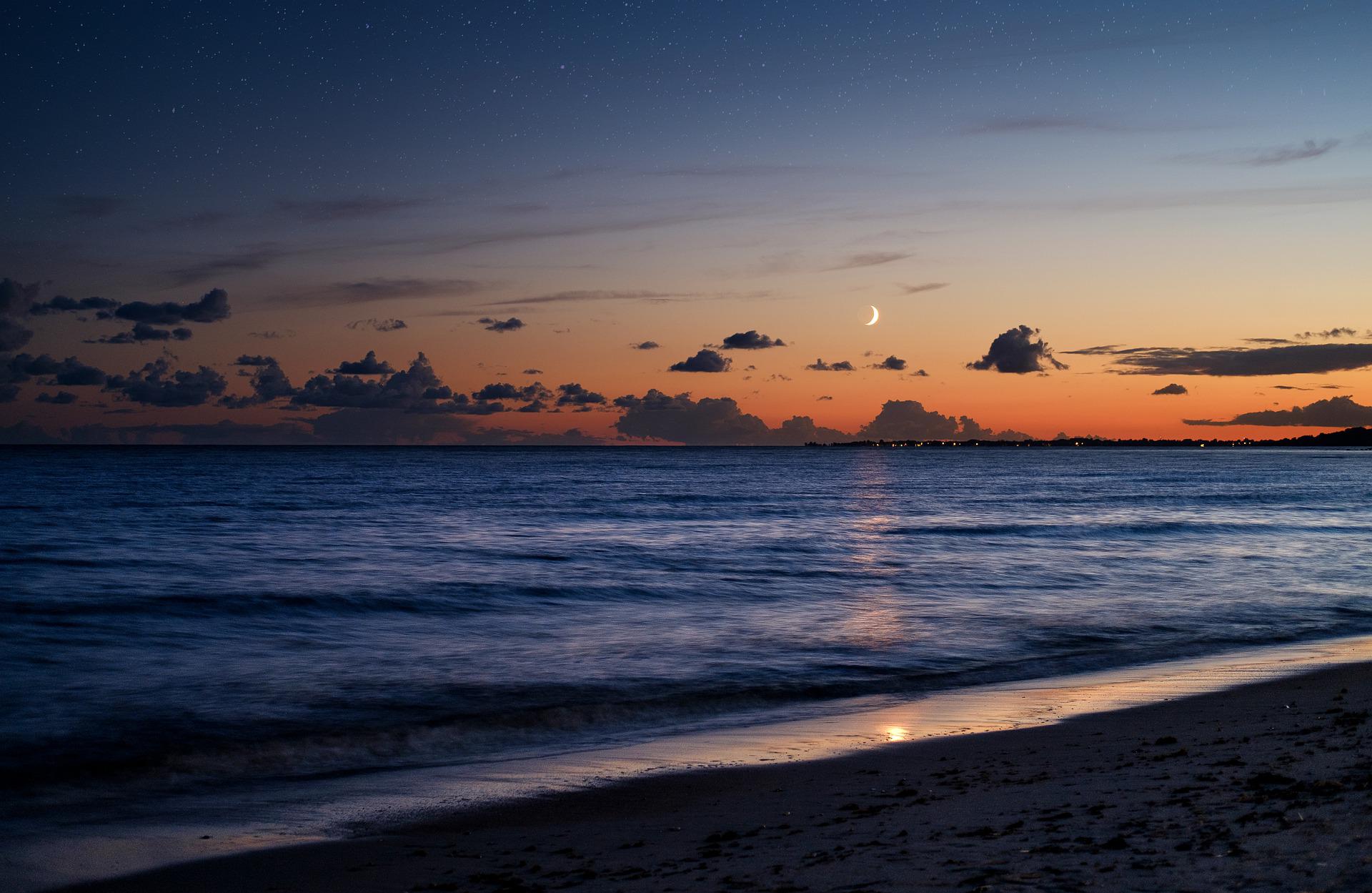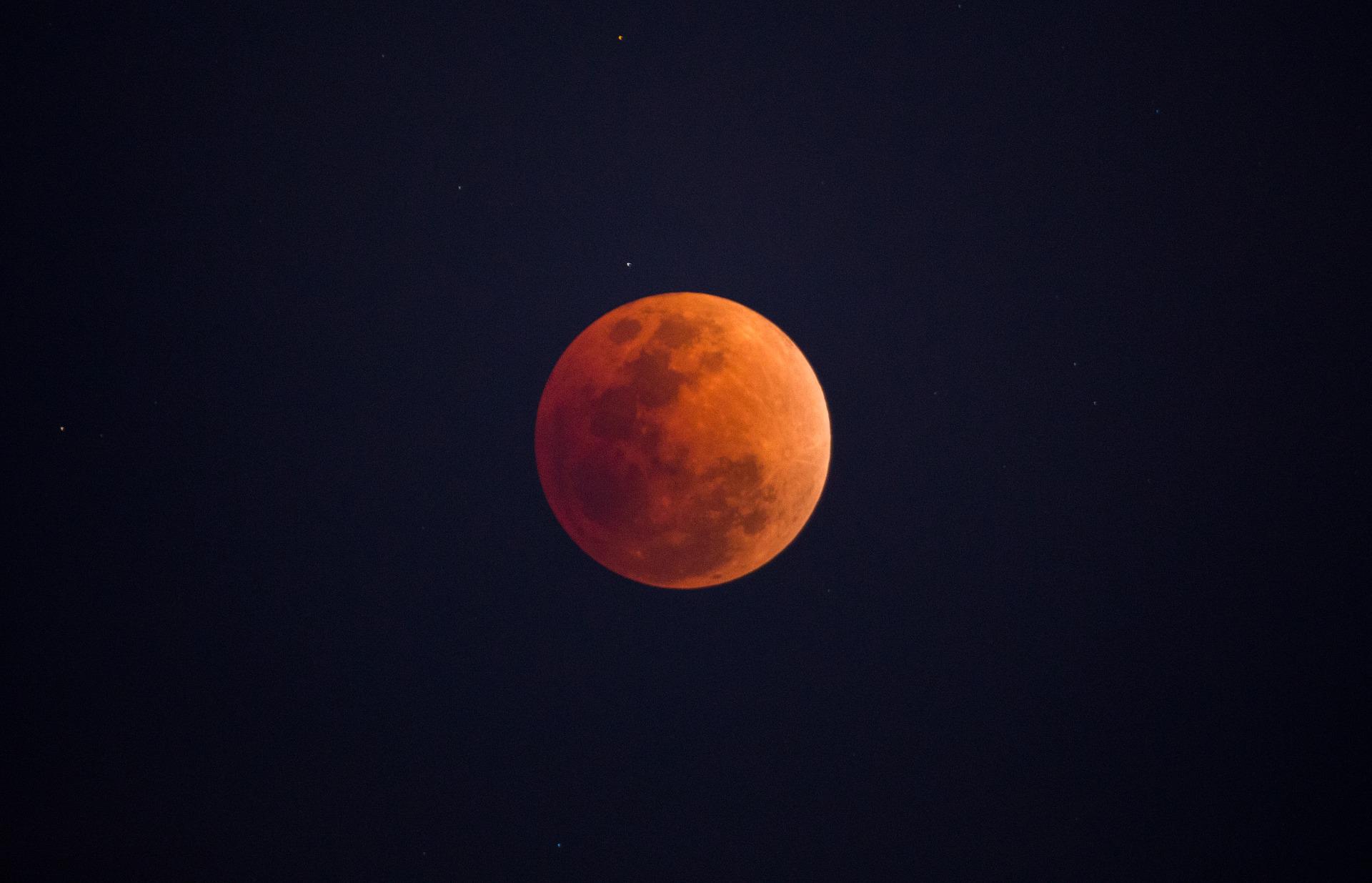Since Hawaii’s tourism arrival numbers have rebounded to near pre-pandemic levels, various studies indicate an increase in visitor interest in learning about Native Hawaiian culture during their Hawaii vacation. Having an “authentic” Hawaiian experience is more important to Hawaii visitors than ever before. The HAT Blog was recently pondering suggestions for easy cultural connections to be made and one answer suddenly struck me: the mo’olelo, the story of Hawaii full moon goddess Mahina. Hawaii astronomy!
Well, it wasn’t “sudden”, actually. The home office lanai has a southeasterly exposure, which means that throughout much of the year the moon is just outside, day and/or night. A lot of time is spent on the lanai, marveling at Mahina in her many phases and moods and the legend of how she got there.

The story of Mahina
Mahina is woven throughout the tapestry, or kapa, perhaps, of Hawaiian legend. Much of Mahina’s importance is detailed and complicated. But the story of her coming to be a “moon goddess” is fairly straightforward and quite delightful. It’s fanciful, and a great way to introduce children (and uninitiated grownups) to the magic of Hawaiian legend and lore. And it’s right there, up above.
As the story goes, Mahina was ancient Hawaii’s most famous and sought after kapa clothmaker. To escape the demands for her excellent work, Mahina climbed a rainbow to the sun. She found it too hot to bear. So, she climbed the rainbow to the moon. It was perfect. She decided to make it her home. In some tellings, the dark spot on the moon is a banyan tree under which Mahina lives and makes into kapa cloth for the gods.

Hawaii lunar calendar
Hawaiian mythology shares with other ancient cultures around the world themes of love and loss, of triumph and suffering as a means to understand the natural world. Mahina plays a part in countless other Hawaiian legends. Native Hawaiian culture is deeply connected to the moon and its cycles (and to the sun and stars). Ancient Polynesian navigators used the movements of the Hawaii Full Moon, sun, and stars (among many other natural indicators) to traverse the Pacific Ocean, to find the Hawaiian Islands.
Planting seasons and harvest seasons were closely tied to the moon. The Hawaiian moon calendar is a marvel of scientific reasoning and spiritual devotion. They are connected. Mahina’s phases are carefully described and uncannily accurate. They tell when to catch certain fish, when to set sail, when not to. The Hawaiian lunar month is 29.5 days long. It is divided into three 10-day periods, each with their own practical and spiritual significance throughout the lunar year.

Learning about Hawaii Full Moon Mahina
The scholarship behind Mahina’s significance in the natural and spiritual world of native Hawaii is extensive. But you don’t need to be a studious bookworm or devoted cultural practitioner to appreciate Mahina’s legend and her many faces. With a little knowledge about the moon’s importance to Native Hawaiian culture, even just a look up can start a journey of wonder.
Hawaii is home to many astronomical institutions and observatories. Some are the most technologically advanced in the world. Others are natural geological formations that have been pondered by the ancients and their modern progeny.
Our experts here at Hawaii Aloha Travel can’t fly you to the moon. But we can help you plan a vacation that includes learning about Mahina’s importance through the centuries and beginning a journey into Hawaii’s ancient past.
Pro Tip: pack a pocket-sized set of binoculars for your Hawaii vacation. Most reasonably-priced models will let you see much more lunar detail than the naked eye, from anywhere you might be in Hawaii.




